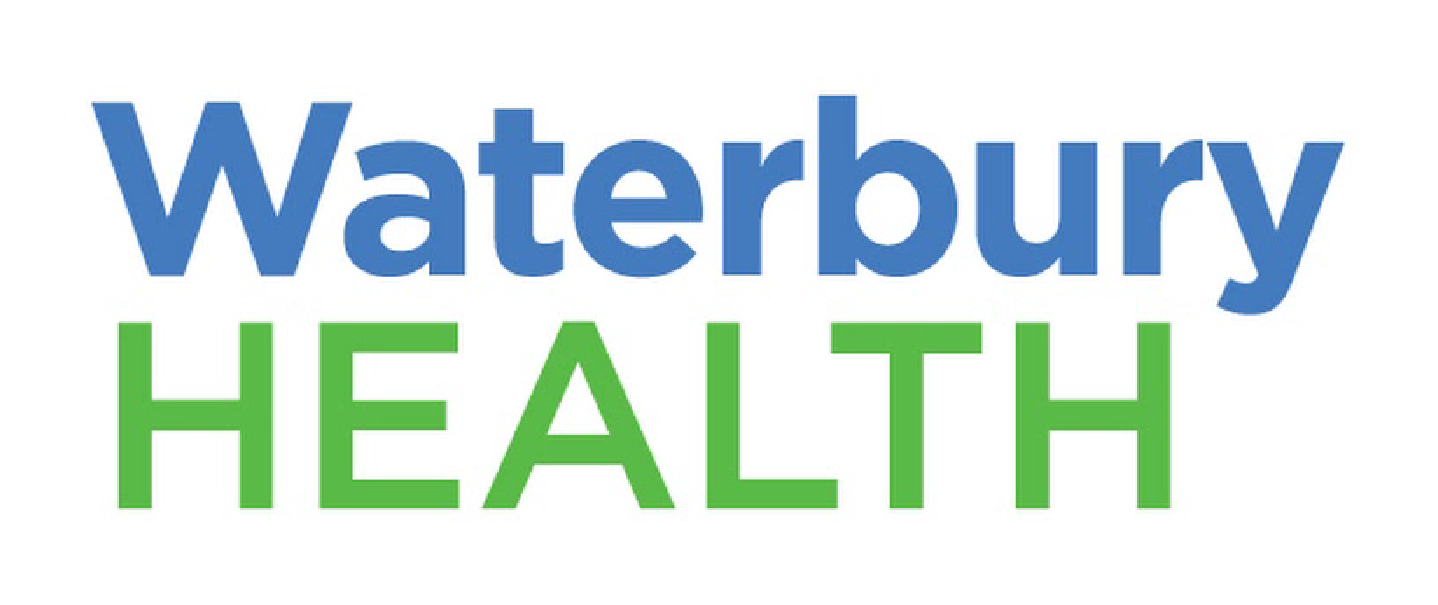Staying Healthy: In Body AND Mind
For many of us, “staying healthy” means focusing on our physical health. Eating right, exercising regularly, avoiding unhealthy behaviors like smoking and excessive drinking. We sometimes forget that an equally critical component of our overall well-being is maintaining our mental health.
The first week in October every year is Mental Health Awareness Week and the entire month is designated as National Depression and Mental Health Screening Month, making this a good time to increase our awareness of the signs and symptoms of mental health issues.
There is growing recognition in this country that mental health disorders like anxiety and depression are often unrecognized and under-diagnosed. To help address the problem, the U.S. Preventive Services Task Force in September 2022 released draft recommendations saying that all adults under 65 should be screened for anxiety. The panel elected not to recommend screening for adults 65 and over in part because many of the common symptoms of aging – like insomnia, pain, and fatigue – can also be symptoms of anxiety.
The good news for anyone suffering from mental health issues is that support is available if you need it. Learning some of the warning signs will help you decide if you need to follow up with your primary care health provider for a diagnosis and treatment plan.
What is Mental Illness?
The National Alliance on Mental Health (NAMI) describes mental illness as “a condition that affects a person’s thinking, feeling, behavior or mood. These conditions deeply impact day-to-day living and may also affect the ability to relate to others.”
According to NAMI, 1 in 5 U.S. adults experience mental illness each year, and 1 in 20 adults experience serious mental illness each year. Approximately 1 in 6 American youths aged 6-17 experience a mental health disorder each year. Suicide is the second-leading cause of death among people aged 10-34.
A combination of genetic and environmental factors is believed to be the cause of many mental health issues, including anxiety disorders.
Anxiety Disorders
Anxiety disorders are the most common mental health conditions in the U.S. Over 40 million adults – about 19% of the adult population – suffer from an anxiety disorder, while approximately 7% of children between 3-17 experience anxiety issues each year, according to NAMI.
There are several types of anxiety disorders, each with different symptoms, including:
- Generalized anxiety disorder (GAD), which is characterized by irrational worrying about everyday life to the point where sufferers from the disorder have difficulty functioning in their day-to-day lives.
- Social anxiety disorder, an intense fear of social interaction, often leading to feelings of isolation.
- Panic disorder, or panic attacks causing sudden feelings of terror, often with physical symptoms like chest pain, heart palpitations, dizziness, shortness of breath and nausea.
- Phobias, which can include avoidance of certain things or situations that cause one to feel uncomfortable or afraid.
In general, people suffering from an anxiety disorder have a persistent, excessive fear or worry about situations that do not warrant that level of concern. They typically experience one or more of these emotional symptoms:
- Apprehension or dread
- Feeling tense or jumpy
- Restlessness or irritability
- Anticipating the worst possible outcome and constantly looking for signs of danger
People with an anxiety disorder also typically exhibit the following physical symptoms:
- Pounding or racing heart and shortness of breath
- Sweating, tremors and twitching
- Headaches, fatigue and difficulty sleeping
- Stomach upsets, frequent urination or diarrhea
Treatment of Anxiety Disorders
If you suffer from these symptoms, your primary care provider will likely perform a thorough physical evaluation and lab tests to determine whether they are related to another medical condition, such as heart disease or hyperthyroidism. Once a physical illness is ruled out, your physician may refer you to a mental health professional for evaluation and treatment.
Treatments can include counseling with a therapist (psychotherapy) or medication therapy, or a combination of the two. Many people also use complementary and alternative methods to help with recovery. Aerobic exercise, yoga, meditation, and mindfulness-based stress reduction have been shown to be effective augmentative treatments for people with GAD. The controlled breathing practiced in yoga and meditation helps calm anxiety or hyperactivity of the mind. There are several apps that I recommend to my patients who are interested in practicing mindfulness and meditation, including Calm, Headspace, and Buddhify.
The important thing to remember if you are experiencing feelings of anxiety or depression is that you are not alone. Don’t be afraid or ashamed to ask for help. Talk to your primary care provider. There are also national resources. The Substance Abuse and Mental Health Services Administration (SAMHSA) offers a National Helpline – (800) 662-HELP (4357) – offering free, confidential, 24/7, 365-day-a-year treatment referral and information service (in English and Spanish) for individuals and families facing mental and/or substance use disorders.
Stay well – in body and mind!
